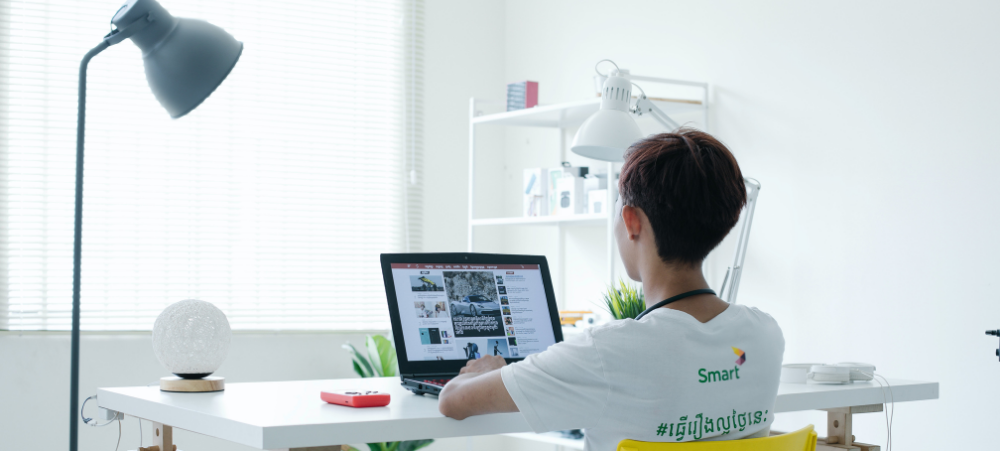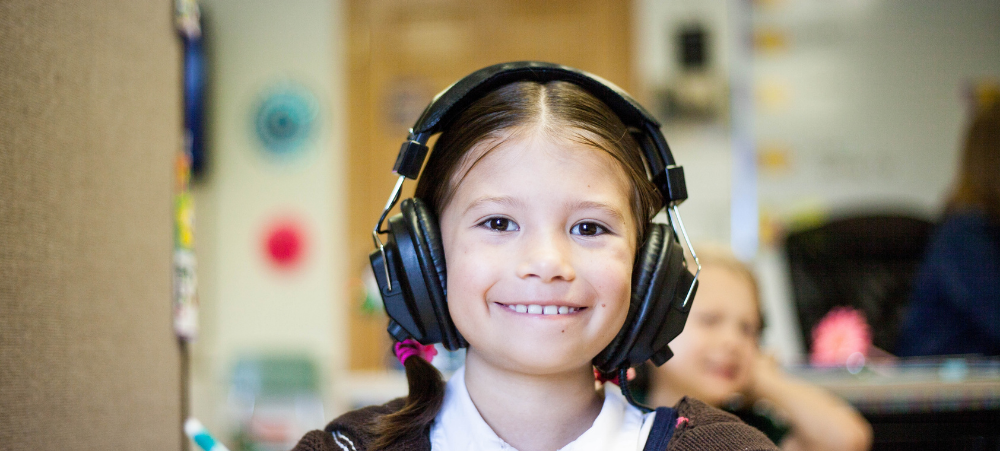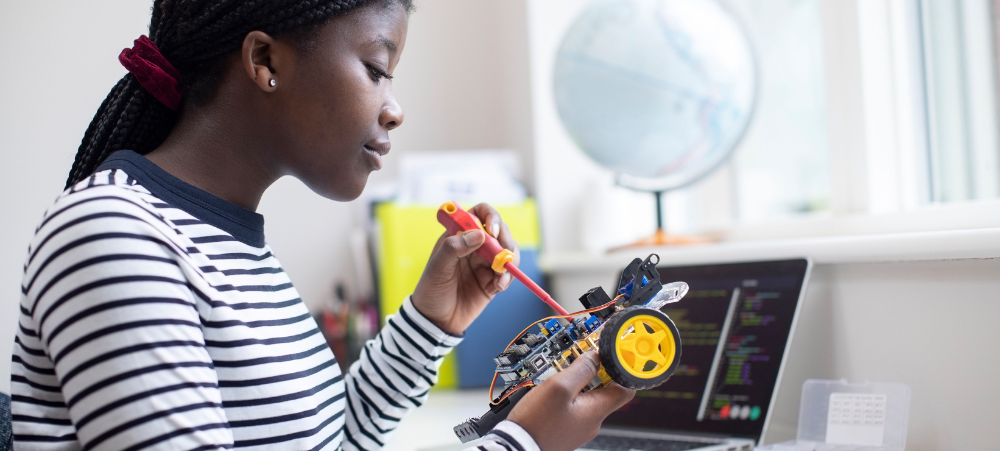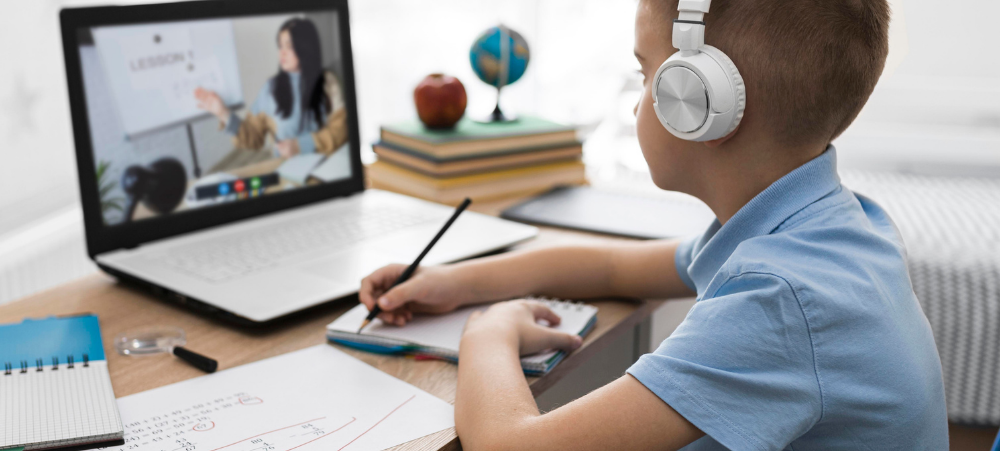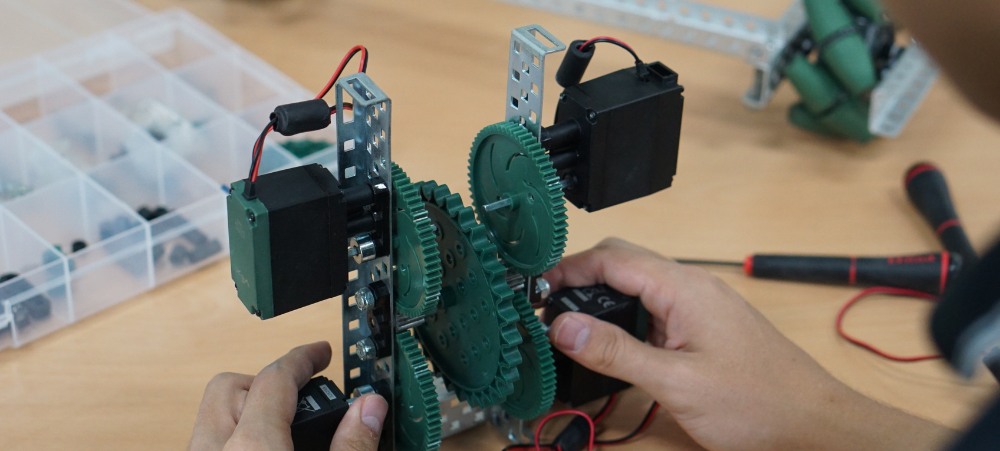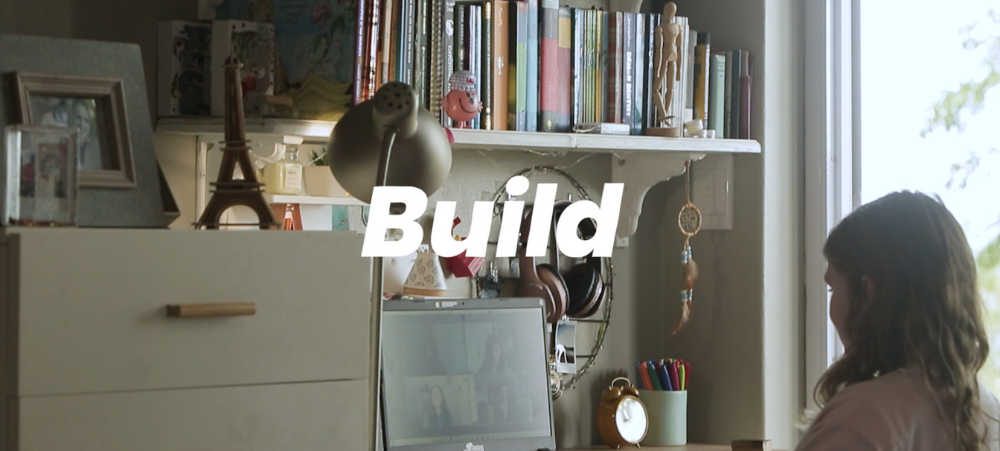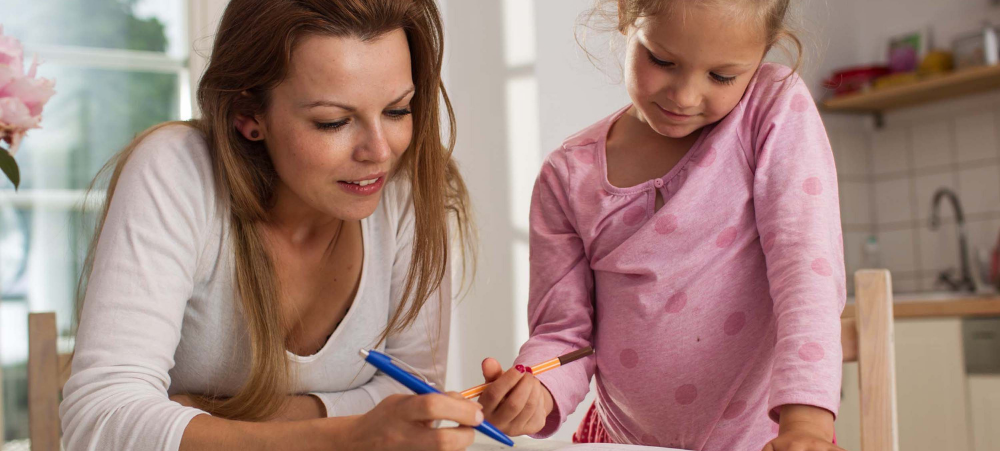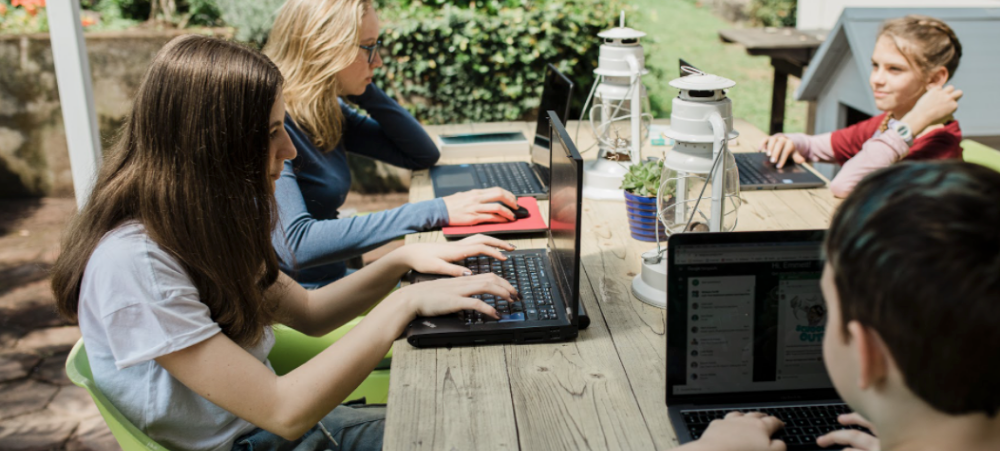Children’s ideas of self, begin to form during the ‘sensitive periods’ in early brain development, through age 4. By age 5, children are becoming increasingly more independent, eager to get facts about the world around them. Their internal landscape is actively being shaped by their imagination. Much is going on in the child’s developing mind that will establish the child’s capacities for learning, building knowledge, and understanding themselves, others, and their future experiences. For this reason, it is important to seize the opportunity to provide mind-expanding activities that will develop and exercise the elasticity of young minds. And in this regard, it is never too early to start introducing activities, implicit and explicit that teach empathy in all its facets. Quantitative research has confirmed the relationship of reading behaviours and appreciation of reading to aspects of empathy. Even though empathy is a complex construct, it plays an important role in living and learning. It is the lifeblood of civil society, and central to becoming a successful literacy learner. Multifaceted empathy is developed early on and expands as we grow and nurture it through various implicit and explicit, socio-cognitive exchanges, and experiences. Reading is one of these experiences. YES – reading can help your child to develop empathy, as well as a multitude of other psycho-social skills required to function optimally in society. Unfortunately, the lack of reading experiences and reading skills often has the opposite effect. Poor reading skills can severely damage a child’s sense of self-worth. For child therapists, or parents, who are concerned with developing children’s self-esteem, emotional wellbeing and healthy, age-appropriate communication skills, educational programs that assist in improving reading skills can be hugely beneficial for building self-confidence. As a tool for child therapists or parents, our reading improvement tool, Reading Rocket, is an excellent option. It is one of several programs offered by Stimulus Maksima!. Reading Rocket and Reading Rocket Home includes a variety of features, one of which is ‘Learn to Read’ levels, which can be used for 6-year old’s to learn the shapes and sounds of letters, followed by short words, and later, sentences. Our entire approach with Reading Rocket and Reading Rocket Home was to build a program that is not only graded according to international standards, but also jam-packed with motivational images, sounds, and rewards. Therapists and tutors using our programs are also trained to focus on positive reinforcement to help children develop confidence, self-esteem, language and communication skills, as well as a positive attitude towards reading. Here are some of the reasons why Reading Rocket and Reading Rocket Home can be an asset to therapists, tutors, and parents alike: A progressive curriculum from Grade 2 to Grade 12 (including fundamental lessons for learning to read up to Gr. )1 Reading Rocket and Reading Rocket Home include activities to promote reading improvement from primary school right through to high school, with lessons becoming more advanced as the child’s reading level improves. With a great collection of lessons per grade, there is more than enough reading material to ensure interesting, engaging content throughout a learner’s school career. Essential and advanced reading skills are practiced The reading skills and techniques that are developed through Reading Rocket and Reading Rocket Home help to establish extensive vocabulary, promote correct spelling and grammar and develop reading comprehension. In addition, students learn advanced reading techniques and develop a reading speed that is aligned with international standards appropriate for their age. The program teaches more than reading skills While good reading skills are essential for all areas of learning as well as effective communication, Reading Rocket and Reading Rocket Home also integrates and supports STEM activities (science, technology, engineering and mathematics) for a more inclusive educational experience. In addition, learners improve on their computer skills through computer-aided study. A love of reading and learning is promoted Many students, whether children or teenagers, do not enjoy learning. Reading Rocket and Reading Rocket Home offers fun activities and many different approaches to make learning exciting. Learners become motivated to read, not because they must but because they want to. Measurable success through a structured system Reading Rocket and Reading Rocket Home can be used to assist students who need support with their reading skills and is also beneficial for students who want to exceed their reading level. The program provides accurate reading age assessments, has automatic remedial capabilities and includes a detailed analysis and reporting system that allows therapists to monitor the individual progress of each child. Reading is more than an educational need – it is a life skill that improves communication and builds self-confidence, which makes Reading Rocket and Reading Rocket Home some of the best tools for child therapists, tutors, and parents. It integrates easily with a skills based curriculum and is one of many excellent computer based educational aids that have been developed by Stimulus Maksima! with the goal of providing support that encourages children and adults to exceed their potential and develop a love of learning. For more information regarding Reading Rocket and Reading Rocket Home and our other educational products, please do not hesitate to get in touch with us. Williams-Sanchez, V. L. (2021). Reading Builds Empathy: Piloting a Literacy Tool to Measure Reading’s Impact on Kids’ Empathy Development (Doctoral dissertation, St. John’s University (New York). Thompson, E., & Melchior, S. (2020). Improving Empathy in Children: Interactive Read-Aloud as a Counseling Intervention. Journal of Creativity in Mental Health, 15(2), 199-211. Vygotsky, L. S. (1979). The development of higher forms of attention in childhood. Soviet Psychology, 18(1), 67-115.







